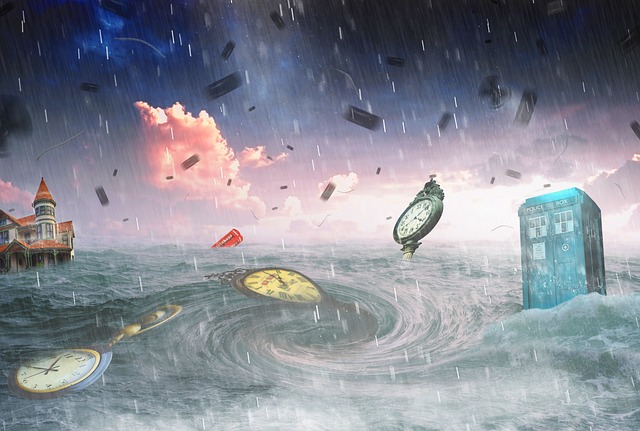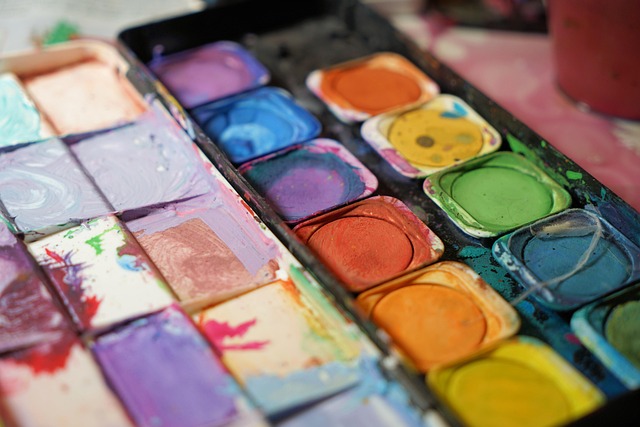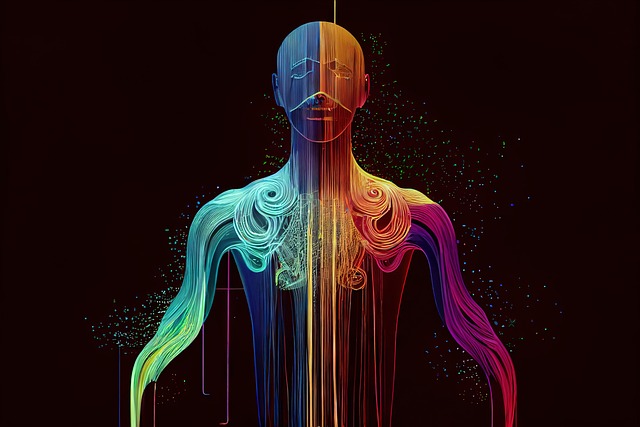Diving into the World of Surrealist Art: A Graphic Odyssey in Art and Design
Surrealist art, with its dreamlike imagery and bizarre juxtapositions, has long captivated the imaginations of artists and designers alike. This movement, which flourished in the early 20th century, aimed to challenge conventional perception and invite viewers into a world of fantasy and subconscious thought. As we explore the depths of surrealism, we’ll uncover how its elements transcend mere representation, evolving into powerful statements in both art and design.
Exploring Artistic Depths
At its core, surrealist art seeks to unlock the hidden layers of the subconscious. Artists like Salvador Dalí and René Magritte pushed boundaries, blending reality with dreams to create pieces that provoke thought and evoke emotion. Their work encourages us to question our perception of reality, nudging us to see beyond the surface and into the depths of our imagination.
In a surrealist painting, a melting clock or a floating landscape might not just be a whimsical depiction; it speaks to the fluid nature of time and the vastness of the human experience. This ability to evoke profound ideas through visual puzzles is what makes surrealist art a powerful tool in graphic design as well. Designers harness these concepts to create visually striking compositions that challenge the viewer’s understanding, urging them to engage with the work on a deeper level.
The Design Perspective
In graphic design, surrealism plays a crucial role in expanding the boundaries of creativity. Designers often utilize the inherent ambiguity of surreal imagery to craft advertisements and branding that stand out in a cluttered visual landscape. By incorporating impossible scenarios or unexpected elements, they capture the viewer’s attention and invite them to explore the narrative behind the image.
Consider how packaging design can benefit from surrealist influences: a box that seems to levitate, or an illustration where objects morph into unexpected forms can create intrigue. Such designs bring a sense of wonder and playfulness, making the mundane feel extraordinary. By employing surrealist techniques, designers elevate everyday artifacts into pieces that resonate with creativity and innovation.
Infusing Surrealism into Your Own Art
If you’re an aspiring artist or designer looking to integrate surrealist elements into your work, it’s essential to dive deep into your creative subconscious. Start by exploring your dreams and the emotions tied to them. Use sketchbooks to capture fragments of ideas that bubble to the surface, no matter how nonsensical they may seem. Play with different media—whether painting, digital art, or photography—and allow yourself to break free from traditional confines of logic and form.
Experimentation is key. Combine unexpected textures, colors, and shapes to breathe life into your artwork. Collaborate with other creatives or immerse yourself in surrealist literature to spark inspiration. By doing so, you not only enrich your own artistic process but also contribute to an ever-evolving dialogue in the world of art and design.
Embracing the Surreal
Ultimately, surrealist art challenges us to embrace the unknown and the illogical, providing a thrilling escapade into creativity’s farthest reaches. Whether you’re an artist seeking to innovate or a designer looking to captivate, incorporating surrealist principles can unlock new dimensions of expression. As we continue to navigate this shapeshifting landscape of art and design, we must remain open to the extraordinary possibilities that lie within the surreal.
So take a plunge into this graphic odyssey; let your mind wander, and allow surrealist art to reshape your perceptions and inspire your creations.




